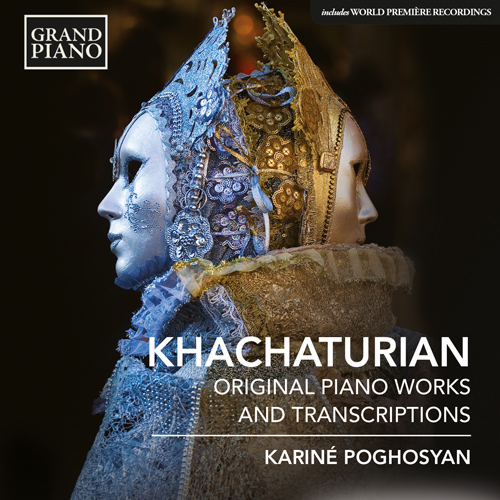
About this Release
KHACHATURIAN, ARAM IL’YICH (1903–1978)
Original Piano Works and Transcriptions
- Kariné Poghosyan, piano
Although Khachaturian is today renowned for his great ballet scores, his piano works have been relatively neglected. Performed by the award-winning Armenian pianist Kariné Poghosyan, this programme features arrangements of excerpts from two of Khachaturian’s most popular works, Spartacus and Masquerade, alongside the technically demanding Toccata and Poem from the earlier part of his career and the impressive 1961 Piano Sonata, one of the most formally classical of the composer’s larger works.
Tracklist
|
1
Toccata (1932) (00:04:37)
|
|
Waltz-Caprice and Dance (1926) (00:04:00 )
|
|
2
No. 1. Waltz-Caprice (00:02:23)
|
|
3
No. 2. Dance (00:01:39)
|
|
4
Spartacus: Adagio (arr. M. Cameron for piano) (1954) * (00:09:07)
|
|
5
Poem (1926) (1926) (00:07:00)
|
|
Piano Sonata (1961) (00:22:00 )
|
|
6
I. Allegro vivace (00:07:29)
|
|
7
II. Andante tranquillo (00:10:35)
|
|
8
III. Allegro assai (00:08:06)
|
|
Masquerade Suite (arr. A. Dolukhanian for piano) (1941) (00:16:00 )
|
|
9
II. Nocturne * (00:03:27)
|
|
10
IV. Romance * (00:03:27)
|
|
11
I. Waltz * (00:04:12)
|
The Artist(s)

The Armenian pianist Kariné Poghosyan made her orchestral début at fourteen playing Beethoven’s Piano Concerto No. 1, and her solo Carnegie Hall début at 23, and has since gone on to win numerous awards as well as performing in some of the world’s most prestigious concert halls. Her music studies began in her native Yerevan in Armenia. After moving to the United States in 1998, and receiving her BM, summa cum laude, from California State University in Northridge, she received her MM and D.M.A. degrees under Arkady Aronov at the Manhattan School of Music, where she now teaches.
The Composer(s)
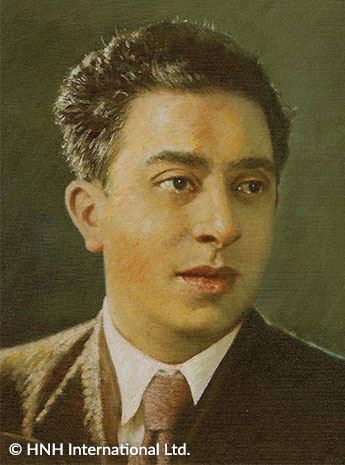 Although Khachaturian was a relatively late starter as a composer, the majority of his works date from the earlier half of his career. These include three symphonies (1934, 1943 and 1947), concertos for piano, violin and cello (1936, 1940 and 1946), and the ballets Gayaneh (1942) and Spartacus (1954). Thereafter his conducting and administration duties left much less time for composition, though mention ought to be made of the Concerto-Rhapsodies for violin, for cello and for piano (1961, 1963 and 1968), as well as unaccompanied sonatas for cello, violin and viola (1974–6) that marked a belated return to chamber music. He also left a number of piano works, along with numerous scores for theatre and cinema—the suites of which, along with those from his ballets, kept his name alive in the concert hall despite the absence of larger symphonic works. Not in doubt is the expressive immediacy of his music, with its sensuous yet direct melodic writing, highly resourceful orchestration and elemental rhythmic drive—resulting in a popularity equalled by very few composers of his generation.
Although Khachaturian was a relatively late starter as a composer, the majority of his works date from the earlier half of his career. These include three symphonies (1934, 1943 and 1947), concertos for piano, violin and cello (1936, 1940 and 1946), and the ballets Gayaneh (1942) and Spartacus (1954). Thereafter his conducting and administration duties left much less time for composition, though mention ought to be made of the Concerto-Rhapsodies for violin, for cello and for piano (1961, 1963 and 1968), as well as unaccompanied sonatas for cello, violin and viola (1974–6) that marked a belated return to chamber music. He also left a number of piano works, along with numerous scores for theatre and cinema—the suites of which, along with those from his ballets, kept his name alive in the concert hall despite the absence of larger symphonic works. Not in doubt is the expressive immediacy of his music, with its sensuous yet direct melodic writing, highly resourceful orchestration and elemental rhythmic drive—resulting in a popularity equalled by very few composers of his generation. Reviews

“At ease in the most turbulent passages as well as when it comes to moving tenderness, Kariné Poghosyan’s is a great performer of this seldom heard, flamboyantly romantic repertoire. ” – Pizzicato
“For Armenian pianist Kariné Poghosyan this music is a veritable home match. And she tackles it with devoted bravura.” – Piano News

“That these compositions, which often sound like movie soundtracks, come over so convincingly is to a good deal due to the pianist. ” – Fono Forum
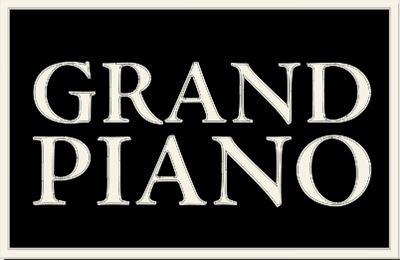
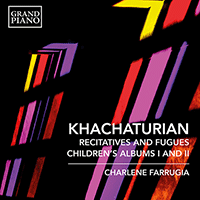
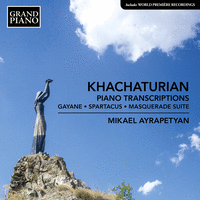
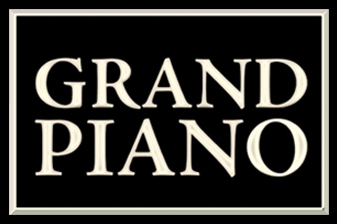 Grand Piano has gained a reputation for producing high quality recordings of rare keyboard gems. Dedicated to the exploration of undiscovered piano repertoire, the label specialises in complete cycles of piano works by many lesser-known composers, whose output might otherwise have remained unknown and unrecorded.
Grand Piano has gained a reputation for producing high quality recordings of rare keyboard gems. Dedicated to the exploration of undiscovered piano repertoire, the label specialises in complete cycles of piano works by many lesser-known composers, whose output might otherwise have remained unknown and unrecorded.






